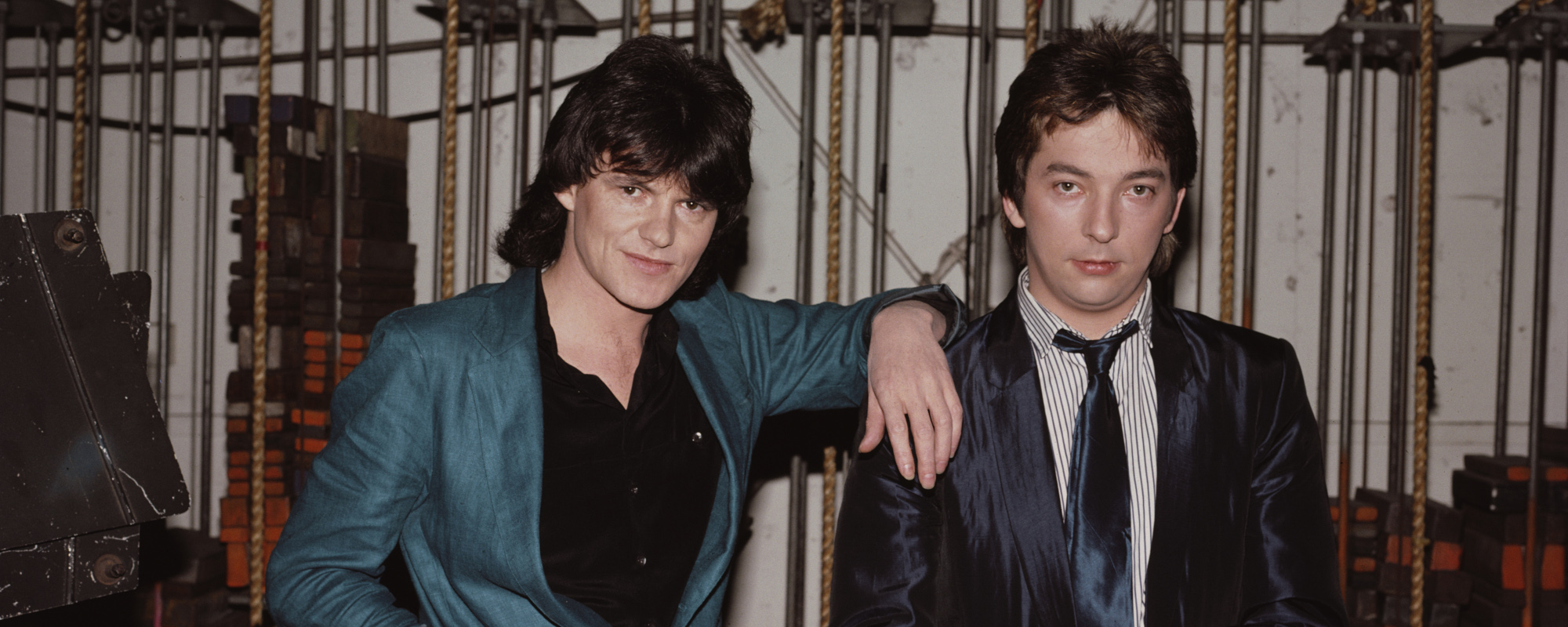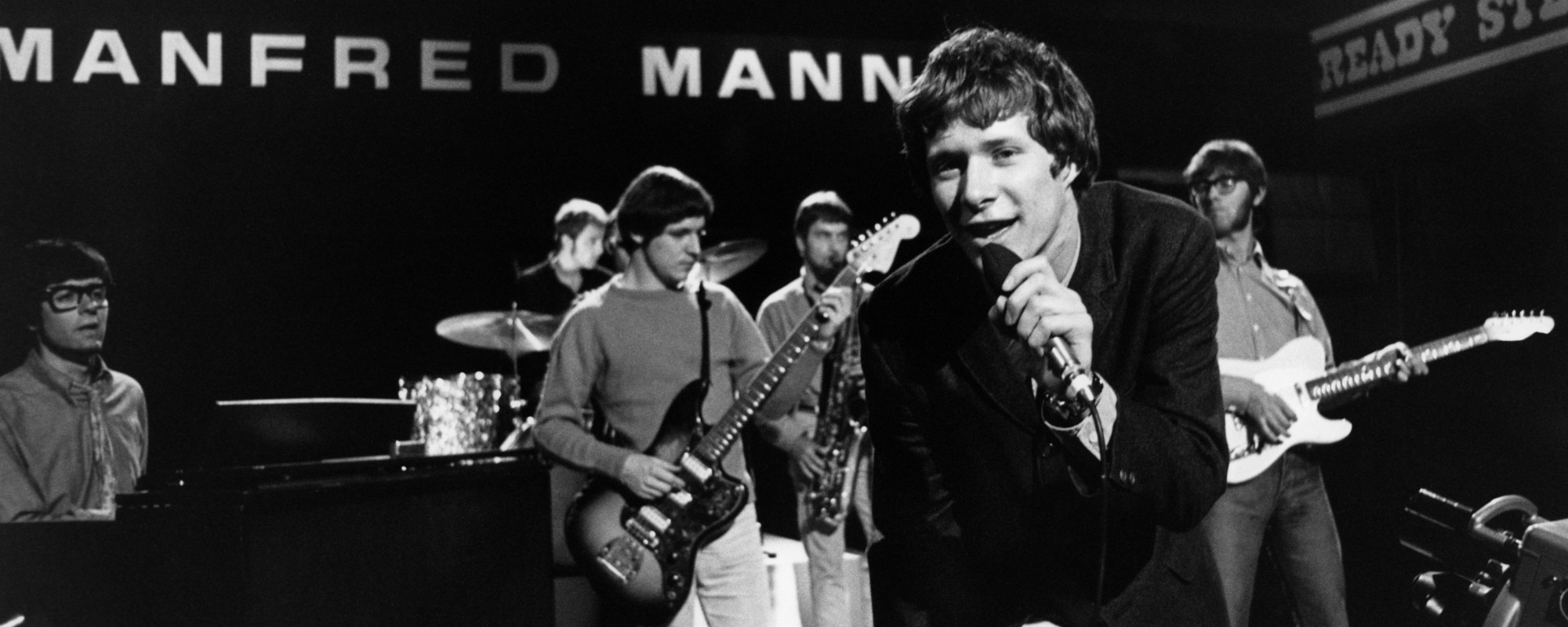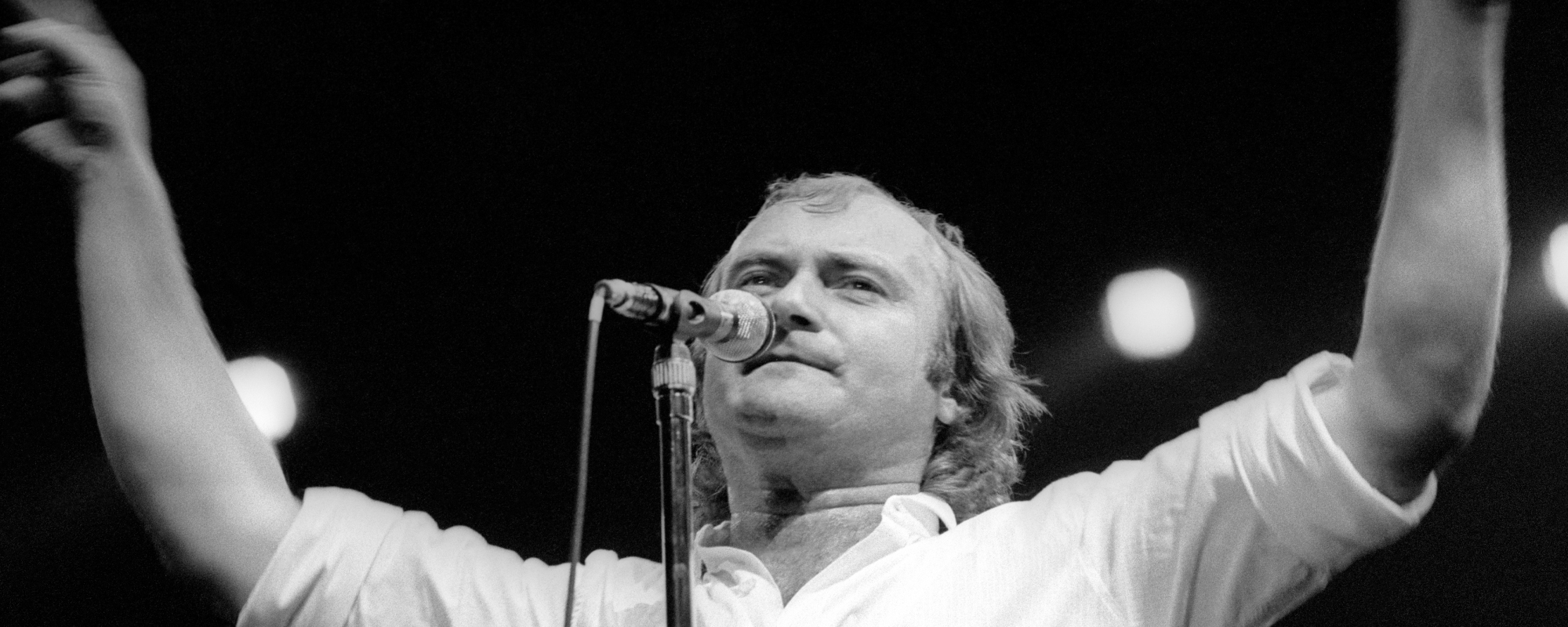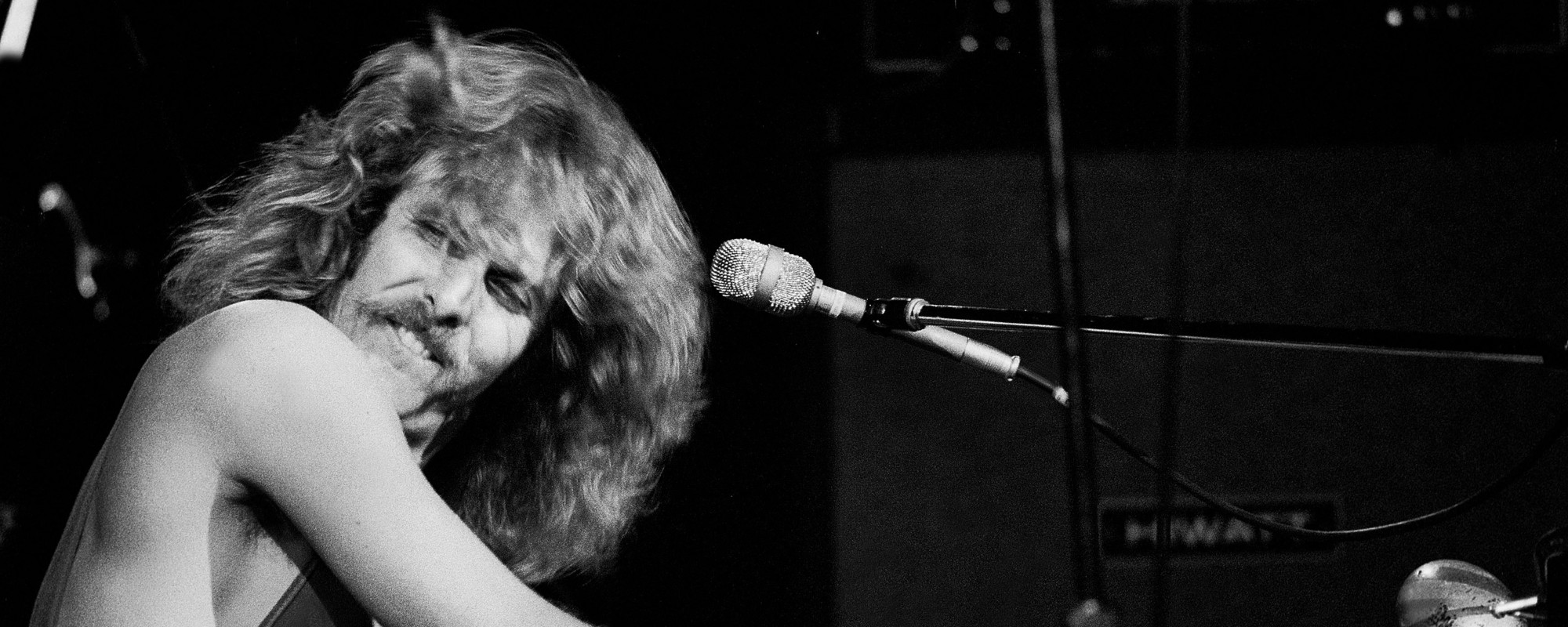Lennon’s demos of the iconic song crystallize the distinction between a song and a record
There’s more confusion and misinformation circulating now than ever about everything, it seems. There’s more confusion about songwriting than songwriters might suspect. But that is probably true of every profession. What to us seems self-evident can remain a subject of surprising perplexity. Of these, the most consistent is the confusion people have between a song and a record.
Among songwriters, of course, or any friends or relatives of songwriters, this is not an issue. But among civilians (non-songwriting humans), it’s a surprisingly prevalent enigma. It’s understandable, perhaps, as they know famous songs from the finished records they hear, whether it’s “Hello” by Adele or “Strawberry Fields Forever” by The Beatles.
Nowadays with digital recording, the transformation of a song into a record isn’t as daunting as it once was for many reasons. But back in the pre-digital world especially, songwriters would write a song at home and make a demo of it. Demo being short for demonstration, of course. A little home-made recording – often one voice and guitar, or voice and piano, some a little more elaborate – created to preserve the song before producing it in the studio.
These demos were done at home, with no distractions or pressures, feeling high with the excitement of finishing a new song. Those demos would have an unforced charm which came from being born in the moment. But to capture that same carefree spirit in a studio could be tough sometimes, and sometimes maddening even.
The aim, always, is to create a record with has as much passion and power as the song itself, if not more. The idea is to exemplify all the great ingredients of the song as written, and to avoid anything which might obscure that power, or derail it.
The term “Demo-itis” came into play for that musical malady that makes it almost impossible to replicate that demo spirit in the real world. Tom Petty was so frustrated by his inability to get “Rebels” to sound as good as the demo that he smashed his hand against the wall, fracturing it.
Videos by American Songwriter

Like most musical concepts, words can make them seem more complex than they are. But they are quite simple to understand once you hear them. Listening to demos of famous and beloved songs brings home the distinction immediately.
The most dramatic example of this that comes to mind is John Lennon’s “Strawberry Fields Forever,” written and recorded in 1966. The finished version of it, even for The Beatles, is quite astounding, especially when you hear any of his first demos. He made several, some recorded while the song was barely in formation.
It’s a record which becomes quite heavy, as we know. But it started as a delicate, willowy, haunting song. But what he heard in his mind in terms of the record he wanted was often something different than what they’d done before, and something hard to define. So when it came to “Strawberry Fields,” his own vision of it was not simple.
With the lads, he rehearsed the song and tried several takes of it in the studio. Famously, as Beatles fans know, they did several takes, some faster, some slower, some much longer with jamming at the end. Yet not one of these did everything Lennon wanted. Some were too light and needed more substance. Others were too intense and needed more restraint.
So Lennon turned to George Martin, the producer, and Geoff Emerick, the engineer, and instructed them to merge the first half of one take with the second half of another. But since these takes were each in slightly different tempos and also in different key, this was no easy feat, but ultimately achieved by adjusting the tape-speed of each to match, and finding the exact perfect moment to splice them together.
That shift from the first to second comes at 1:00 on the studio version. The song is also distinguished by a fade-out which becomes a fade-in, with backwards noises, drums and at the end of the second fade, Lennon’s resonant voice in the distant saying what many were sure was “I buried Paul.” This was one of many clues that Paul was dead. (He wasn’t.) The actual words spoken, Lennon later explained, were “cranberry sauce.”
So iconic and intense is that famous production, that hearing the original demos is a revelation, and a perfect example of how a song and a record, while related, are not the same thing at all.













Leave a Reply
Only members can comment. Become a member. Already a member? Log in.